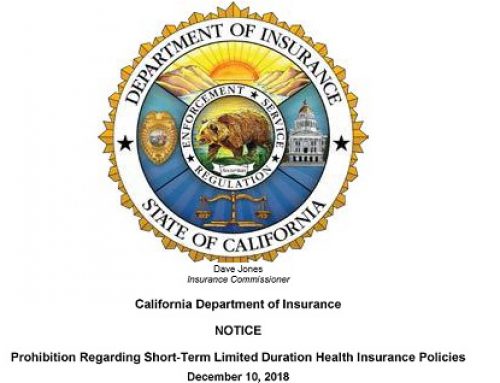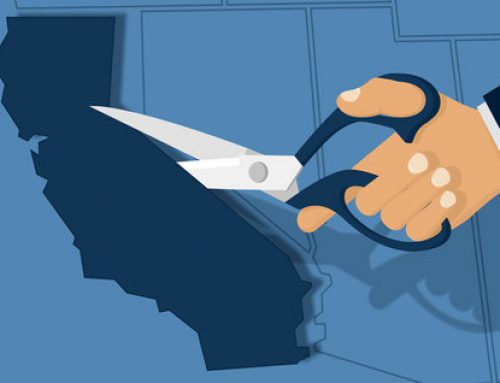In the last dozen years the term “Public Option” has been thrown around quite a bit and even more so since the 2016 elections. While sounding “reasonable”, the fundamental underlying economic assumptions are fallacious and would create far more problems than they would solve.
The below March 12th, 2019 article, written by Cassidy Morrison in the Washington Times, shares a report on why the Hospitals are not keen on seeing it come to fruition. A similar article could have been written about the rest of the healthcare industry including pharma, the doctors, etc.
My analysis continues below the article
The ‘Public Option’ as it is frequently described has never actually existed anywhere before and like water, the argument takes the shape of it whatever political container (or politician) is holding it while having no real form of its own. It is a mixed bag of ideas that individually sound good, but together do not form a coherent system.
For those touting it, it usually comes in two stripes. The first is that Medicare should be either extended to everyone or in the more common version, those 50 or older. The second variation is that the government should just create its own insurance company and offer products in the market just like you can buy now from private carriers. Both of these ideas ignore how the free market works and would radically distort the rest of the health care industry to accommodate a narrow segment of the population.
The first big problem is that Medicare was never intended to cover the entire population. It is for people 65 and older (and later extended to those who are permanently disabled) and could not be insured by a private market. By effectively lowering the retirement age to 50, a Public Option would both increase the tax burden on the workforce while cannibalizing the number of people paying into the system. In other words, there would be more people in the wagon and fewer people pulling it.
The second major issue is that Medicare generally pays providers substantially less than private insurance (hence the hospital’s beef). This cost shifting in effect, creates a subsidy that that keeps Medicare viable but like a water balloon, if you step on it in one place it will bulge out in another. By radically increasing the number of Medicare beneficiaries, it would make this disparity even worse resulting in increased insurance premiums for the rest of the private population.
The third big problem is the most pernicious. If the government were to form its own insurance company, it would have a grossly unfair advantage over the private carriers resulting in anti-competitive pressures. The government has an undue influence negotiating with providers because they are simultaneously regulating them. This would artificially lower their prices do to rent seeking thereby driving its competitors out of the market.
Furthermore, the government can run at a deficit, something which private carriers absolutely cannot do for any length of time. It would end up being like a modern day Standard Oil, where the where the private competitors would end up throwing in the towel leaving the surviving American Beauty (Public Option) to raise prices at will.
So there you have it.






Leave A Comment
You must be logged in to post a comment.